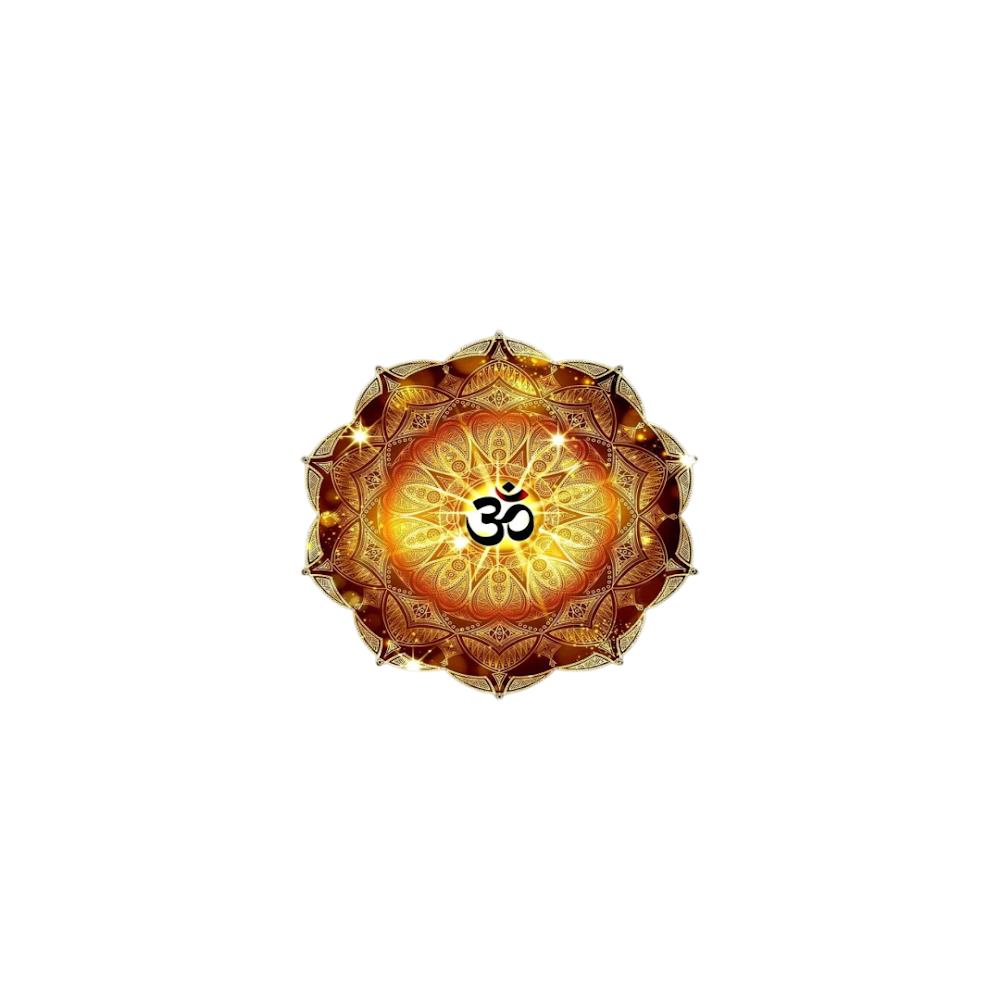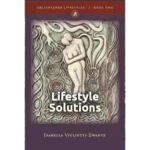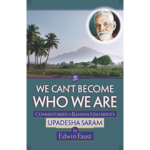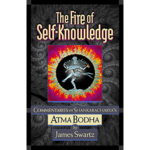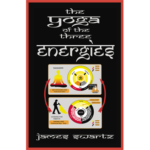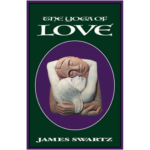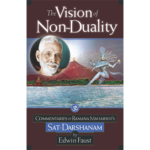Q: I’m still a bit confused on the concept that objects are not aware and do not know each other. If objects are a reflection of awareness, why is there no awareness within the objects themselves?
Thank you for your help!
Sundari: Where is the confusion, if you think about this clearly…does any object, whether subtle like a feeling or material like a chair, know you? Have you ever had a conversation with one? How is it that you know anything? What do you think makes possible the neurological process of thinking that takes place every waking moment?
You as Consciousness shine your light on and in the mind giving it sentiency, so you know yourself as a person (object), and you know objects that appear in front of you. But if we remove Consciousness (the subject), the brain/body (object) is a lifeless piece of meat. That is the whole point of the subject/object discrimination. It is the identification with objects thanks to the deluding power of Maya (ignorance) that is the problem and causes suffering. Which one are you identified with, subject or object?
The reflection of awareness is another object known to you. It too does not know you because like your reflection in the mirror, the reflection of awareness shining in the mind is not sentient. The real confusion here is the lack of discrimination between you, unchanging ever-present whole and complete Satya/Consciousness, and mithya – that which is always changing and not always present, meaning everything else (all objects).
If you are having trouble with this discrimination, you can take this teaching on faith and ‘fake’ it till you make it.
Here is how to do it:
Self-Inquiry and the Pratipaksha Bhavana Technique
Thinking the opposite thought is a step by step technique for getting to the root of the ignorance (hypnosis of duality) standing in the way of discriminating satya from mithya, as well as whatever thought patterns, belief systems and values lie at the root of a particular vasana or samskara,
1. First of all, identify the thought behind the vasana.
Try to put it into words as a short, simple statement.
3. Apply the opposite thought.
Assume the perspective of the Self; the boundless Awareness you are that witnesses everything appearing in front of you without conditioning to it. As the Self, how do you view this object, whether it is a material object, or a thought pattern?
Whatever the thought is, take a stand in the opposite thought – which is always: I am the knower/witness of this thought or object. I give rise to all objects, all objects are me, but I am not ‘in’ objects. NO object knows me or knows another object. I am independent of objects. I am prior to and always present, regardless of the presence or absence of objects.
3. Find evidence to support the new thought.
The mind, accustomed to the habitual thought patterns governed by duality, may take some convincing of this new thought. You may need to keep applying this thought to the mind each time the original thought seeks to reassert itself. This takes vigilance and persistence. It helps to actively look for evidence to support the new thought. Write down three to five pieces of evidence which prove this new thought is as true or truer than the original limiting thought.
This is a great practice, and it really works. At first it may require consistent work. Eventually you’ll find it becomes automatic and habitual as your vasana for inquiry grows. You then no longer automatically believe every thought that passes across your mental landscape, and instead have the ability to look at mental content with objectivity and greater discernment and dispassion.
Love
Sundari
